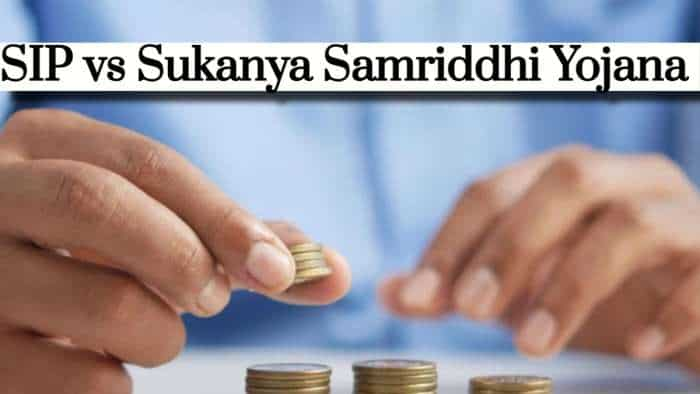SBI hails RBI's 'Prudential Framework' to handle bad loans
SBI says that RBI's prudential framework encourages lenders to refer cases to Insolvency and Bankruptcy Court (IBC).

The State Bank of India (SBI) has welcomed the Reserve Bank of India's decision to incept 'Prudential Framework' to tackle rising bad loans among the Indian banks. The leading retail bank of India told that the new prudential framework provides some leeway to lenders and encourages them to refer cases to Insolvency and Bankruptcy Court (IBC). The new framework would allow some breathing space to lenders in provisioning and succumbing to distress resolution.
Speaking on the development at RBI end Dr. Soumya Kanti Ghosh, Group Chief Economic Adviser, SBI said, "The new prudential framework provides some leeway to lenders and encourages them to refer cases to Insolvency and Bankruptcy Court (IBC). This would entail writing back of additional provisions. Under the current and revised dispensation, additional provisioning of 20% would have to be made in case resolution plan is not implemented within 180 days from the end of the review period, which is after 210 days of default. This would allow some breathing space to lenders in provisioning and succumbing to distress resolution. In case the default period exceeds 365 days, additional provisioning of 15% (i.e. total additional provisioning of 35%) would have to be made."
Dr. Ghosh of the SBI went on to add that a better time frame and transition offered in the revised framework on this would allow the lenders the headroom and flexibility for resolution in large ticket cases. Also, noteworthy is the consensus among lenders in terms of value and also in terms of number. Earlier, there was 100% consensus required, but with the new framework, in place, 75% lenders by value and 60% by numbers would be required for resolution. Further, lenders are to enter into an inter-credit agreement. The provision relating to resolution implementation within 180 days from March 1, 2018 (reference day/default day), no longer exists for large accounts with aggregate exposure of more than Rs.2000 Cr. Instead, slab-wise reference dates have been set as per table provided herein. For exposures of less than Rs.15 bn, the reference date is yet to be announced. All the above measures are likely to facilitate better realisation and write back of provisions. Going forward, asset quality is also seen as improving. Overall we believe, various efforts made by RBI in strengthening its regulatory and supervisory framework and the resolution mechanism initiated through IBC are bearing fruit, as also can be seen from the GNPA trend since Sept’18.
Get Latest Business News, Stock Market Updates and Videos; Check your tax outgo through Income Tax Calculator and save money through our Personal Finance coverage. Check Business Breaking News Live on Zee Business Twitter and Facebook. Subscribe on YouTube.
RECOMMENDED STORIES

SIP Calculation at 12% Annualised Return: Rs 10,000 monthly SIP for 20 years, Rs 15,000 for 15 or Rs 20,000 for 10, which do you think works best?

FD Rates for Rs 10 lakh investment: Compare SBI, PNB, HDFC, ICICI, and Post Office 5-year fixed deposit returns

LIC Saral Pension Plan: How much should you invest one time to get Rs 64,000 annual pension for life?

SIP Calculation at 12% Annualised Return: Rs 1,000 monthly SIP for 20 years, Rs 4,000 for 5 years or Rs 10,000 for 2 years, which do you think works best?

UPS vs NPS vs OPS: Last-drawn basic salary Rs 90,000 and pensionable service 27 years? What can be your monthly pension in each scheme?

Monthly Pension Calculations: Is your basic pension Rs 26,000, Rs 38,000, or Rs 47,000? Know what can be your total pension as per latest DR rates
03:48 PM IST











 RBI conducts forex swap worth $10 billion to inject liquidity
RBI conducts forex swap worth $10 billion to inject liquidity India's private sector companies post higher profits, lower debt: RBI
India's private sector companies post higher profits, lower debt: RBI Deposit insurance limit may increase from Rs 5 lakh to Rs 15 lakh: Report
Deposit insurance limit may increase from Rs 5 lakh to Rs 15 lakh: Report RBI imposes penalty on Citibank for violation of norms
RBI imposes penalty on Citibank for violation of norms  PNB slashes retail loan interest rates; home, car, education, personal loans to get cheaper
PNB slashes retail loan interest rates; home, car, education, personal loans to get cheaper